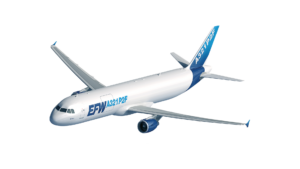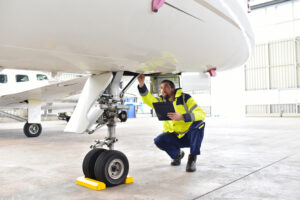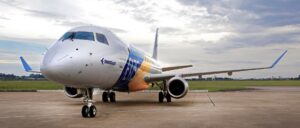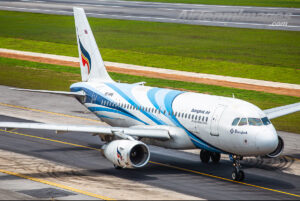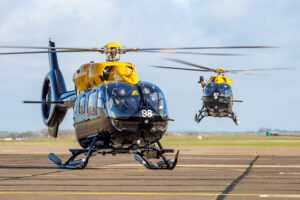Ryanair has released that first half (H1) scheduled revenues have increased 61% to €1.27 billion as traffic jumped 128% from 17.1 million to 39.1 million (at a 79% load factor). The COVID disruption of Easter traffic, the delayed relaxation of EU travel restrictions into May/June, and the uncertainty caused by the UK’s traffic light system this summer and the close-in-nature of bookings required price stimulation – resulting in average fares of just €33 (down 30% on H1 last year). Ancillary revenue continued its strong performance, generating over €22.50 per passenger, as guests choose priority boarding and reserved seating. Total revenue increased by over 80% to €2.15 billion in H1. Ryanair reported a H1 loss of €48 million, compared to a PY H1 loss of €411 million.
While sectors and traffic more than doubled, operating costs increased by just 63% to €2.20 billion, driven primarily by lower variable costs such as aircraft, airport and handling, route charges and fuel. Lower costs, coupled with rising load factors, led to a marked reduction in cost per passenger (ex-fuel) to €38. Ryanair expects to see further improvements in costs as its new, lower-cost and more-fuel-efficient aircraft deliver and EU countries (such as Ireland, Spain and Italy) rollout COVID recovery incentive schemes.
Ryanair’s fuel requirements are 80% hedged for the fourth quarter of full year 2022 (Q4 FY22) (50% jet swaps at US$580, with the balance hedged with caps at US$750 per met. tonne). H1 FY23 is 80% hedged (60% jet swaps at US$620 and 20% caps at US$715) and H2 FY23 is 60% hedged at US$625. Carbon credits are fully hedged for FY22 and 70% hedged for FY23 at €24 and €40 per EUA respectively. (£1.00 = €1.18 = US$1.38).







